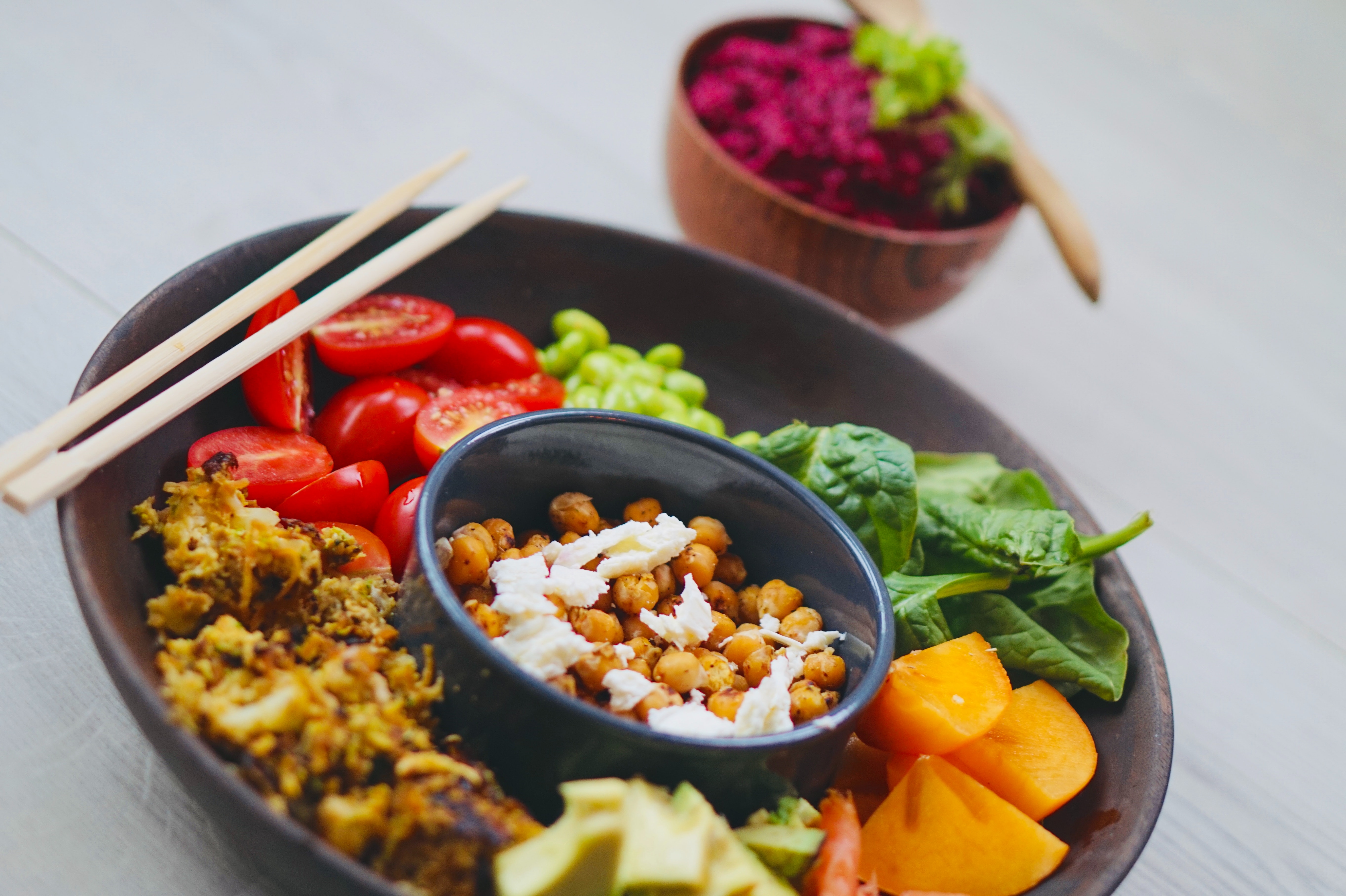Dietary iron is a fundamental mineral that is needed for particular functions in the body, including oxygen transportation in the blood. It is found in both animal and plant sources, as well as some iron-fortified foods. Animal-based iron sources contain heme and non-heme iron, whereas plant-based iron sources only contain non-heme iron.
Wait, what are heme and non-heme?
I’m glad you asked! Basically heme iron is better absorbed in the body when compared to non-heme. Heme accounts for around 95% of the iron that is used for bodily functions. Does this mean we can scrap the plants and only eat animal products for iron? Well.. it’s not as simple as that. Balance is key. Planted-based non-heme sources not only provide the body with some iron, but they also contain other essential nutrients that support the absorption of iron including vitamin C. So, eating a wide variety of iron-rich foods is beneficial for iron intake. A consultation with your health practitioner can help you better understand your own individual absorption of both heme and non-heme iron.
Iron is necessary for: physical growth and development of the body and neurological system, functioning of cells, and some hormonal processes. However, people can suffer from inadequate intake of dietary iron which can lead to problems. If iron-rich foods are lacking in a person’s diet, it can be a warning sign for potential low iron and at worst, iron deficiency anemia. Functional signs and symptoms of potential low iron include: fatigue, reduced physical output and ability, shortness of breath after exertion, brain fog, lowered immunity and others.
Groups most at risk of this are: pregnant women, infants, and young children, menstruating women (especially with heavy bleeding), frequent blood donors, people with gastrointestinal disorders or conditions (such as Crohn’s or ulcerative colitis), and cancer patients.
Examples of Dietary Sources of Iron
So which foods contain dietary iron? Animal protein sources include beef, kangaroo, anchovy, salmon, lamb, chicken. Plant-based protein sources include tempeh, firm tofu, amaranth, quinoa, buckwheat, almonds, cashews, dried apricot, lentils, kidney beans, tahini, and parsley. Eating a range of these foods on a consistent basis is the best way to enhance iron intake through the diet.
Recommended Daily Intakes (RDI’s) of Dietary Iron
Infants
0-6 months: 0.2mg/day*
7-12 months: 11mg/day
*Adequate Intake (AI) relative to breastfed babies
Children
1-3 yr: 9mg/day
4-8 yr: 10mg/day
Males
9-13 yr: 8mg/day
14-18 yr: 11mg/day
19 yr +: 8mg/day
Females
9-13 yr: 8mg/day
14-18 yr: 15mg/day
19-50 yr: 18mg/day
51+ yr: 8mg/day
Pregnancy: 27mg/day
Lactation: 9-10mg/day
{ For more information regarding the above RDI’s please visit nrv.gov.au for the Nutritional Reference Values (NRV) of iron. }
FOR THE SCIENCE LOVERS:
Iron is made from an array of proteins including: haemoglobin, myoglobin and particular enzymes. Around two thirds of iron is found in haemoglobin and this is where oxygen is transported to tissues in the body. Other iron is stored in the liver and reticulo-endothelial system whereby it is ready to be used. Lastly, a small amount of iron is stored in the muscle tissue as myoglobin and from here, can be used for many types of enzymatic activities, oxidative metabolism, and other important cell workings. Inadequate iron intake can lead to low iron stores, then iron deficiency, and lastly iron-deficient anaemia. See the below table for more information.| Stages of Deficiency | Blood Pathology Markings |
| Low Iron Stores |
|
| Early Iron Deficiency |
|
| Iron-Deficiency Anemia |
|




